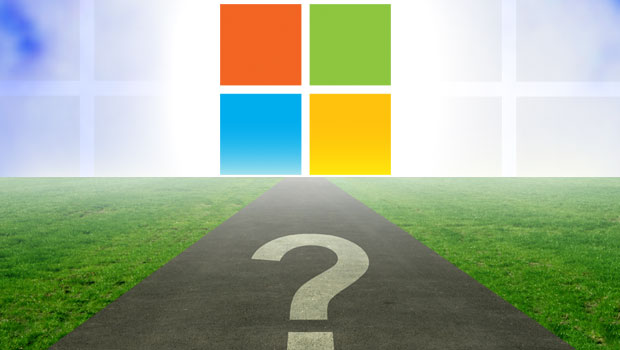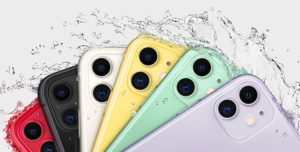Microsoft once again is making a move in wireless with its new foldable smartphone called “Surface Duo.” The company tried and failed to break into wireless several times over the last couple decades before finally pulling the plug. Now it is back. Will the Surface Duo give Microsoft a chance to succeed in wireless at last?

While there are no guarantees, and while Microsoft never has been successful in wireless before, I am sensing this might be the right time. I have a great deal of respect for Microsoft and its never-say-die attitude. Perhaps this time, with new thinking and a changing industry, it will be successful.
Changing Wireless Industry Landscape
Several things are different this time around. Wireless as an industry is changing, and smartphone technology is both more advanced and maturing. That means innovation from elsewhere can be successful.
Wireless is moving into 5G, the cloud, the Internet of Things, artificial intelligence and more. The folding smartphone sector is new and, if successful, it could grow rapidly.
Microsoft is not the only company trying to re-enter wireless. Consider Comcast Xfinity Mobile, Charter Spectrum Mobile, Altice Mobile and more. These are service providers — not smartphone makers — but these companies tried and failed a decade ago as well.
They are seeing some initial success in their re-entry efforts. It’s not as much as I expected when they launched, but they are holding their own — for now, at least.
Microsoft has continued to mature. It has a new CEO, a refreshed vision, and a partnership with Google Android. Microsoft is concentrating more attention on the entire wireless and smartphone sector.
As the new folding-smartphone segment develops, it creates a growth opportunity for companies that have a strong brand name and that have a great wireless vision moving forward.
Will this new segment stick around and grow? If it does, can Microsoft ride that wave with its Surface Duo?
Microsoft’s Surface Duo vs. Samsung’s Galaxy Fold
The Surface Duo looks like it could be a solid competitor in this new space. Microsoft is taking a different approach compared to Samsung’s strategy with its Galaxy Fold.
There were significant problems with Samsung’s folding screen. The company just relaunched the Galaxy Fold, but how well its fixes work is still unknown.
Rather than incorporating a folding screen that could be damaged over time, Microsoft designed the Surface Duo to fold, but its screen does not. There are two, separate screens that can expand the viewing area. So, the Surface Duo provides the same effect when open, without the problems associated with folding screens.
This suggests that Microsoft will avoid encountering the same kinds of problems Samsung has been struggling to overcome with the Galaxy Fold.
The Surface Duo uses traditional smartphone screens — the same type of long-lasting screens currently used in most phones. The Galaxy Fold screen is not made from the same kind of glass, and it still has to prove itself both in the short and long terms.
Microsoft’s approach could give the Surface Duo an edge in this new folding-smartphone sector.
At this early stage, I am excited to see Microsoft’s re-entry into the wireless business with this new folding smartphone. It’s still too early to reach any conclusions, but I am hoping for the best. Stay tuned.
















































Social Media
See all Social Media